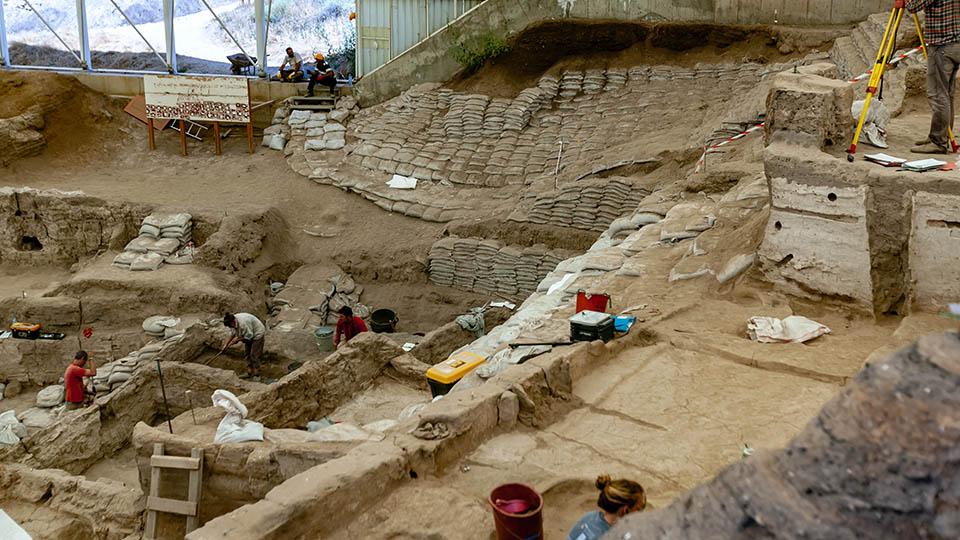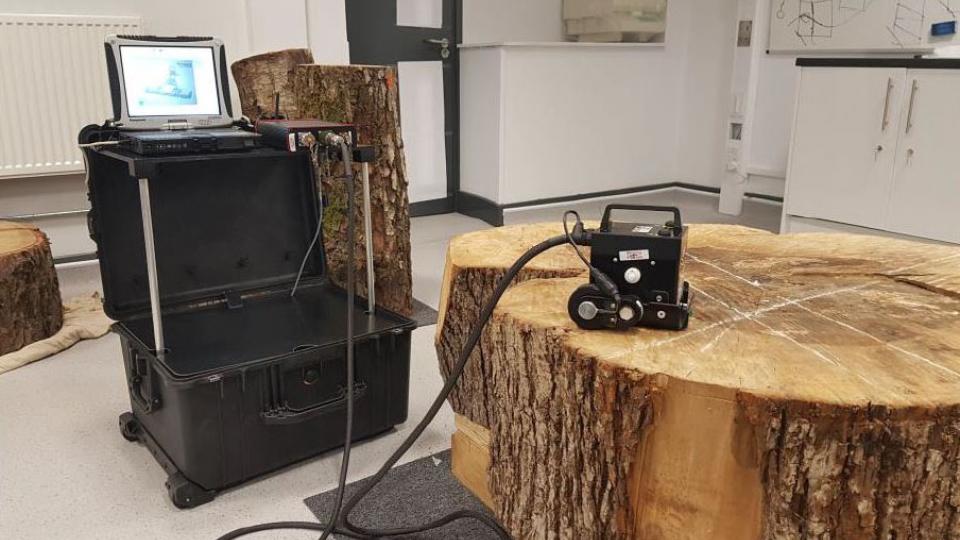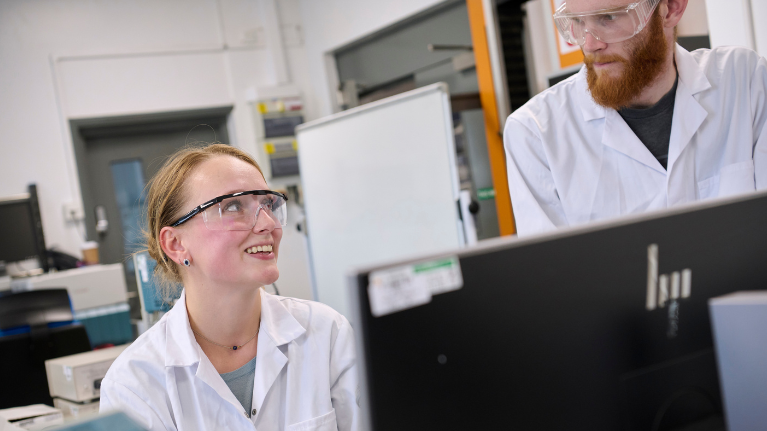
Advanced signal processing for non-destructive testing methods
summary
The project aims to develop advanced interpretation methodologies based on numerical modelling, signal processing and machine learning. We aim to create accurate, efficient and commercially appealing detection frameworks that will increase the reliability and the range of applications for non-destructive testing (NDT) methods.
About the project
NDT is an inclusive term, encompassing various non-destructive methodologies over a wide range of scientific fields. Ground-penetrating radar (GPR) is one such technique that has applications in many areas of near-surface geophysics as well as forensics, biomedicine, archaeology and civil engineering.
GPR is considered a mature method that has proven its reliability through numerous reported case studies. Nonetheless, the interpretation of GPR data remains challenging and highly affected by noise and clutter as well as a lack of automatic detection schemes resulting in subjective interpretations that are influenced by the biases of the user.
Our goal is to create case-specific detection schemes that can be employed automatically and provide objective and reliable real-time results.
As indicated by recent publications, machine learning combined with accurate numerical modelling has the potential to provide solutions in areas where GPR has previously failed. This new approach will deliver accurate results while requiring minimum computational resources and user experience.
Impact
The resulting output of this project will be a new generation of interpretation tools that will provide accurate and reliable results in an efficient manner. In addition, advanced processing schemes based on recent developments in machine learning will extend the application range of NDT methods providing solutions in areas where NDT methods could not be applied previously.
The research team
- Professor Amir Alani
- Professor Fabio Tosti
- Dr Lilong Zou
Find out more
-
Research Centres and Groups
Find out about our multi-disciplinary areas of expertise, PhD research, and teaching.
-
Research impact
Learn how our PhD research has helped communities locally, nationally and internationally.
-
The Graduate School
If you are interested in studying for a PhD or Professional Doctorate, the Graduate School is here to support your research.





